Reuben Wu
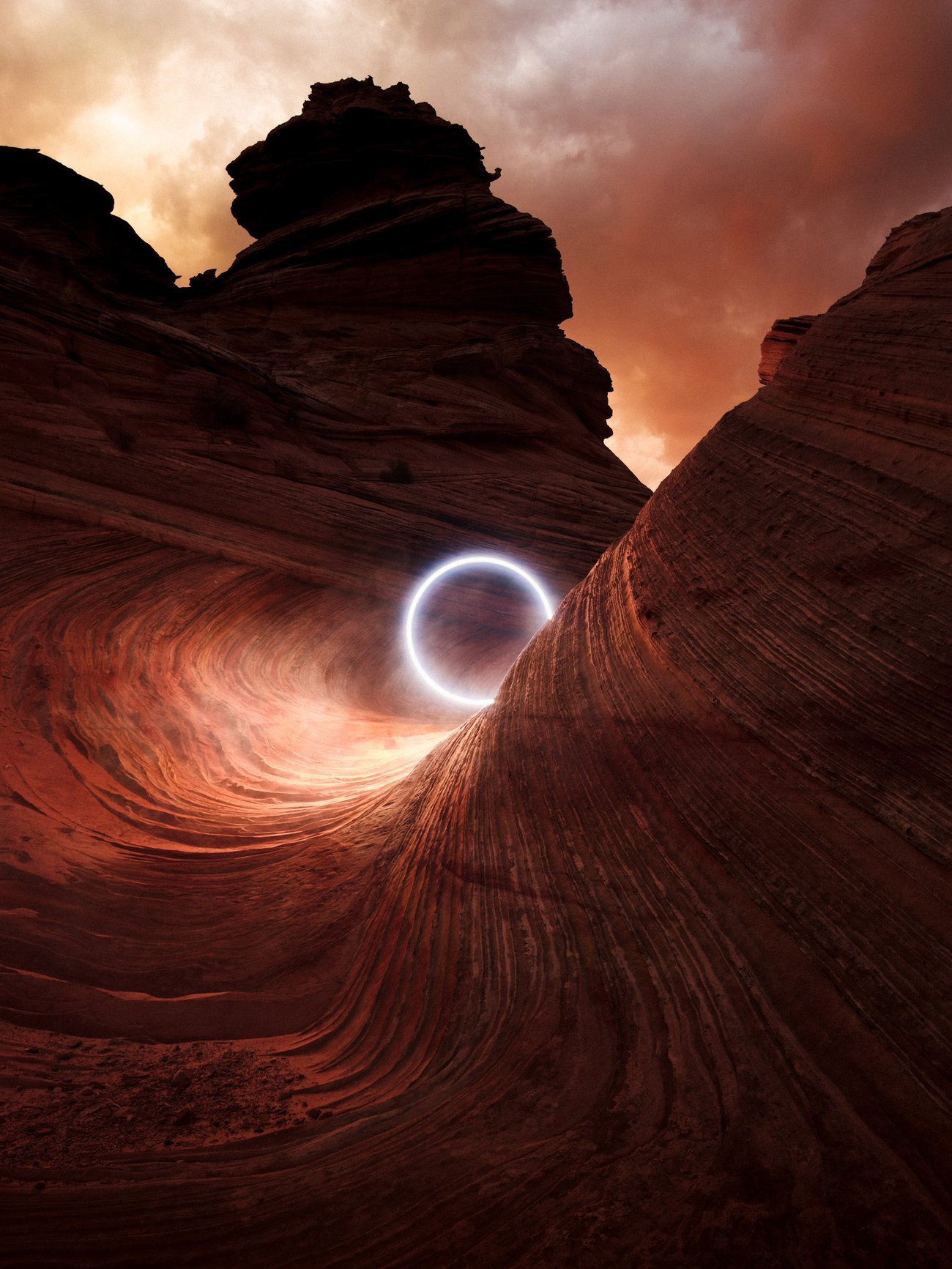
Reuben Wu is a multidisciplinary artist who explores new ways of telling compelling stories about the world we inhabit. His pioneering work with aerial lighting and long-exposure photography has helped redefine contemporary landscape photography and belongs in the permanent collections of the Guggenheim Museum, The Metropolitan Museum of Art, and the MoMA. His practice spans fine art and commercial collaborations with brands such as Apple and National Geographic Magazine. Reuben lives in Chicago with his family.
Hi Reuben! Tell us a little about yourself — when did you first become interested in photography and how did you get to where you are today?
I came to photography through an unexpected path. I was touring the world with my band Ladytron, and started using photography as a way to document our travels. What began as a simple tour diary evolved into something much deeper - I became fascinated with experimenting with different cameras, films, and techniques.
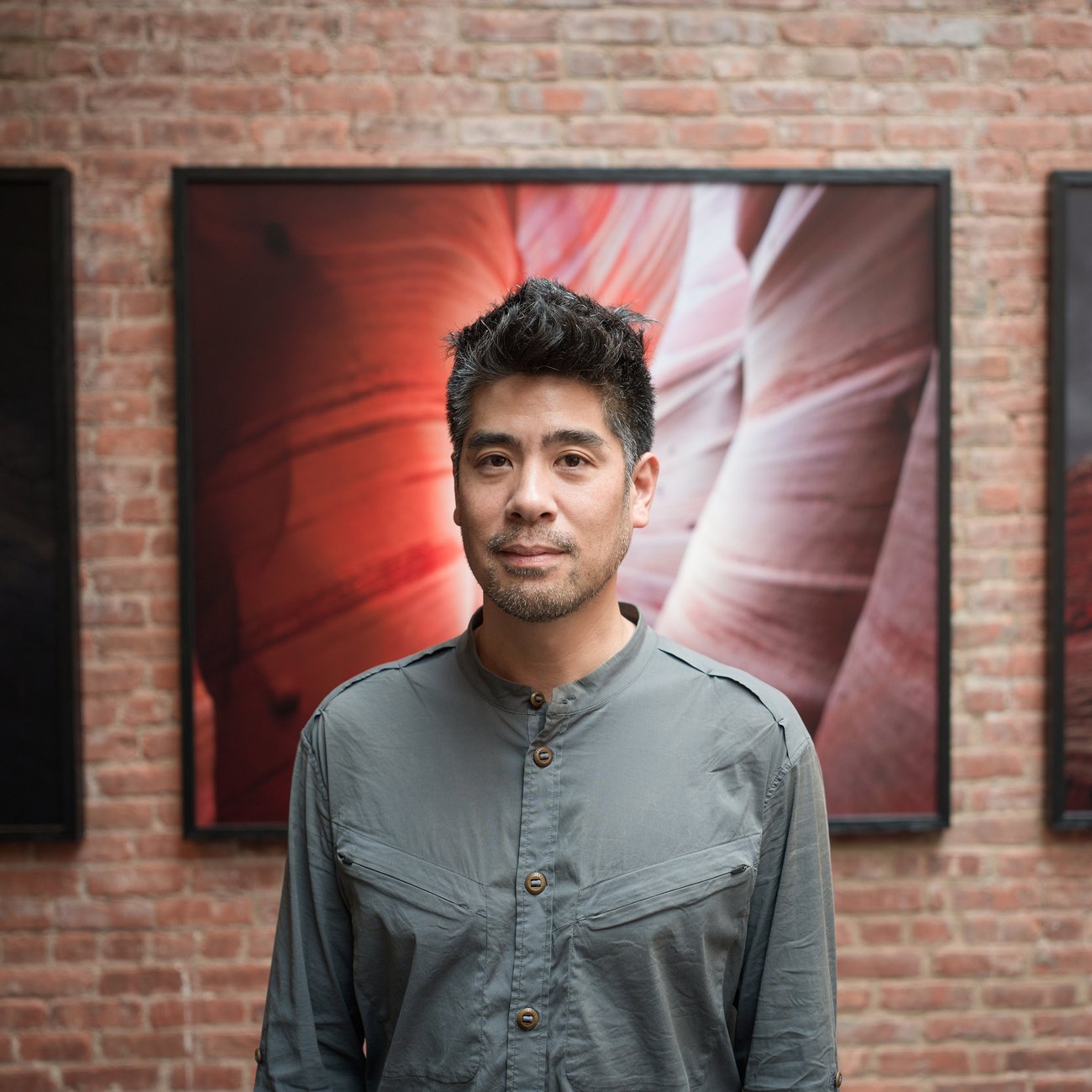
“The technical quality needs to serve the artistic vision. While having the right equipment is important, it's more about knowing exactly how to use each tool to achieve the effect you're after.”— Reuben Wu
I have a background in industrial design, which I think influenced my approach to photography - this combination of technical understanding and creative exploration. Over time, I moved from just documenting places to really thinking about how to show familiar landscapes in unfamiliar ways.
The journey has been organic but intense. From those early days of experimentation with film and Polaroids to developing my own drone lighting techniques, each step has built on the last. I've been fortunate to work with clients like Apple, Lexus and Mercedes-Benz, and photographed the cover story for National Geographic's feature on Stonehenge. Now my work is in the permanent collections of the Guggenheim, The Metropolitan Museum of Art, and MoMA, which still feels surreal sometimes. It's been a path of constant evolution, always pushing to find new ways to show our planet in ways that make people look twice.
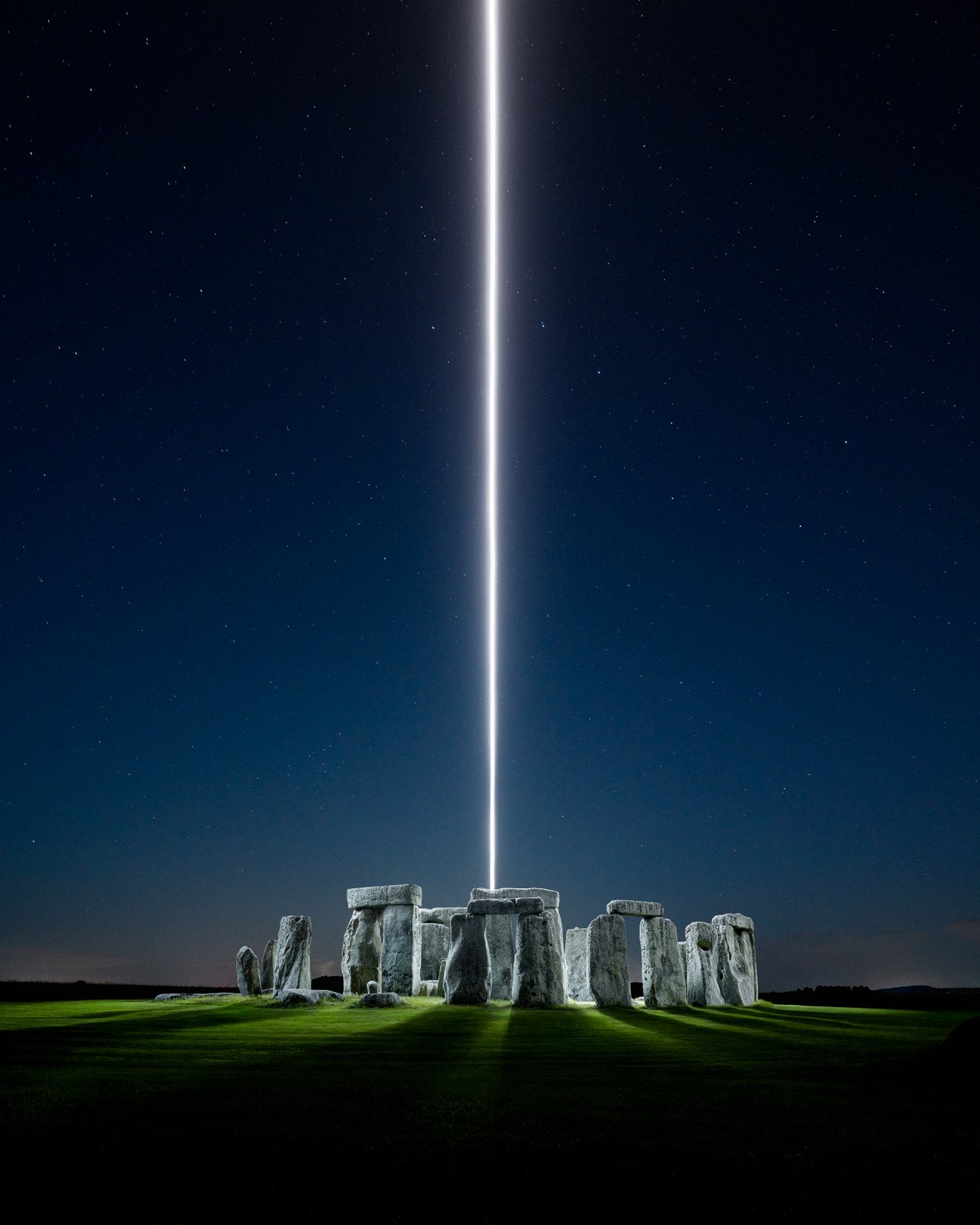
Your drone lighting techniques have become your signature style, creating otherworldly landscapes that seem to exist between reality and science fiction. What inspired you to first experiment with aerial lighting in landscape photography?
It actually began by accident. I was at Trona Pinnacles in 2014, shooting a time-lapse at night, when a truck unexpectedly drove into the frame. Instead of ruining the shot, the way its headlights illuminated the pinnacles created this effect that shouldn't naturally exist - and it sparked something in my mind.
I started thinking about bringing artificial lighting into remote landscapes, but controlling it precisely, almost like working in a studio. I began attaching lights to drones, allowing me to light landscapes in ways that weren't possible before.
The technique evolved further when I started incorporating the actual flight paths of the drones into the images, creating what I call Aeroglyphs - geometric light patterns in the sky. It became a way to interact with these environments without physically touching them, creating a kind of temporary land art in the sky.
What drives me is showing that these otherworldly scenes aren't from another planet - they're right here on Earth. I'm not trying to make alien landscapes; I'm trying to help people see our own world in a new light.
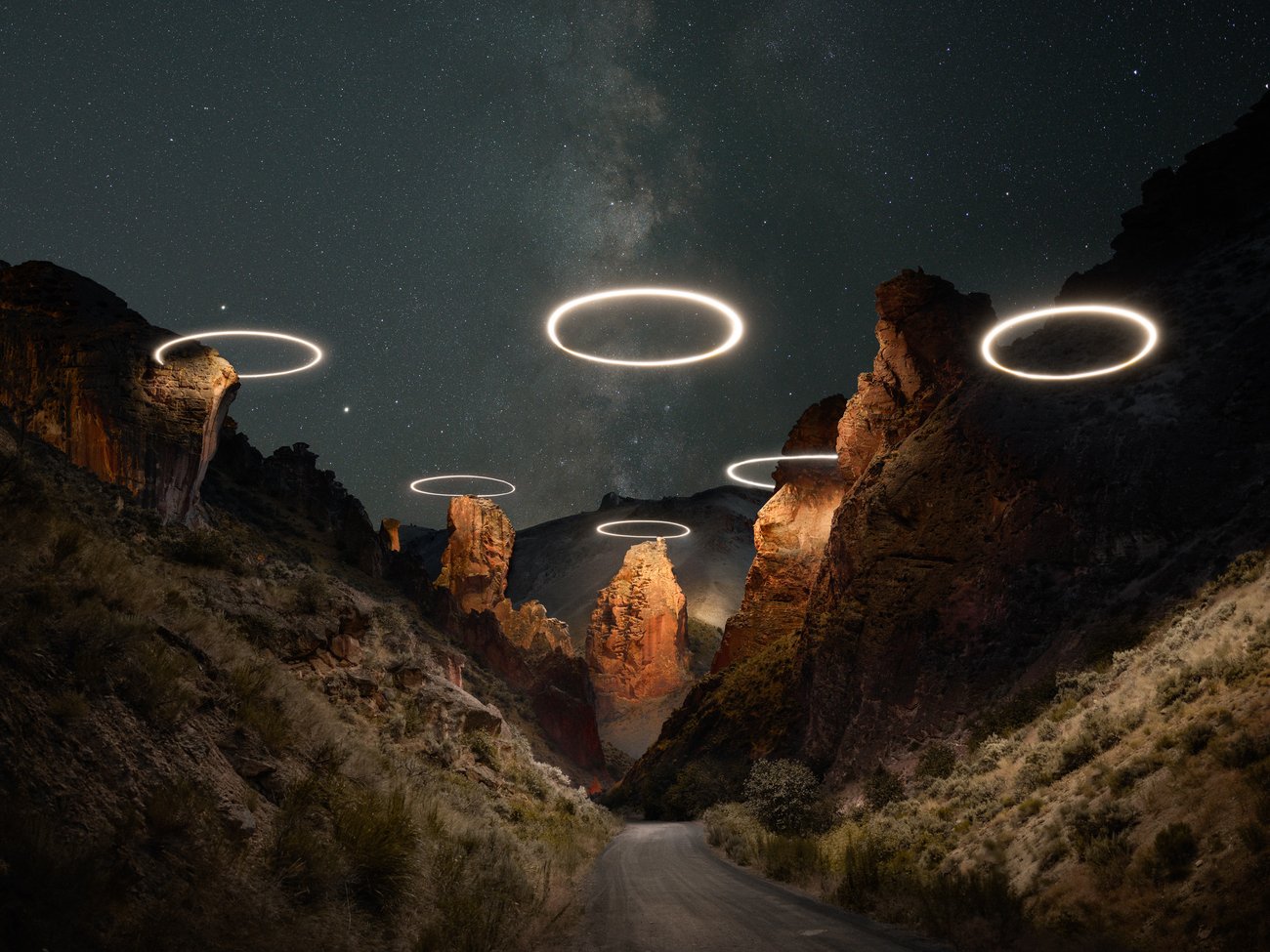
Your work often transforms familiar landscapes into otherworldly scenes. Can you walk us through your creative process, from location scouting to the final image?
It all starts with intensive research. I use a combination of tools - Google Maps, Gaia GPS, Photo Pills - to virtually scout locations. I'm always looking for places that haven't been heavily photographed, or angles that haven't been explored. I also study weather patterns and atmospheric conditions to understand what I'll be working with.
The actual shoot typically takes several hours. I'll arrive before sunset to scout the physical location and lock in my composition. As the light changes, I'll capture select frames through sunset and into nightfall. Once it's completely dark, that's when the real work begins - creating long exposures using artificial light, whether from drones or other lighting tools I've developed.
I approach the lighting almost like painting with brushstrokes. Each light movement is carefully considered in relation to the landscape. I might make dozens of passes with different lighting angles and patterns until I find exactly what I'm looking for. Sometimes I'll work through the entire night, especially if I'm incorporating celestial elements like star trails or moonlight.
Post-production is equally important - it's where I combine multiple exposures to create the final piece. While the shoot itself is quite experimental and playful, the editing process is more disciplined. It's about crafting all these elements into a cohesive vision that tells the story I want to tell.
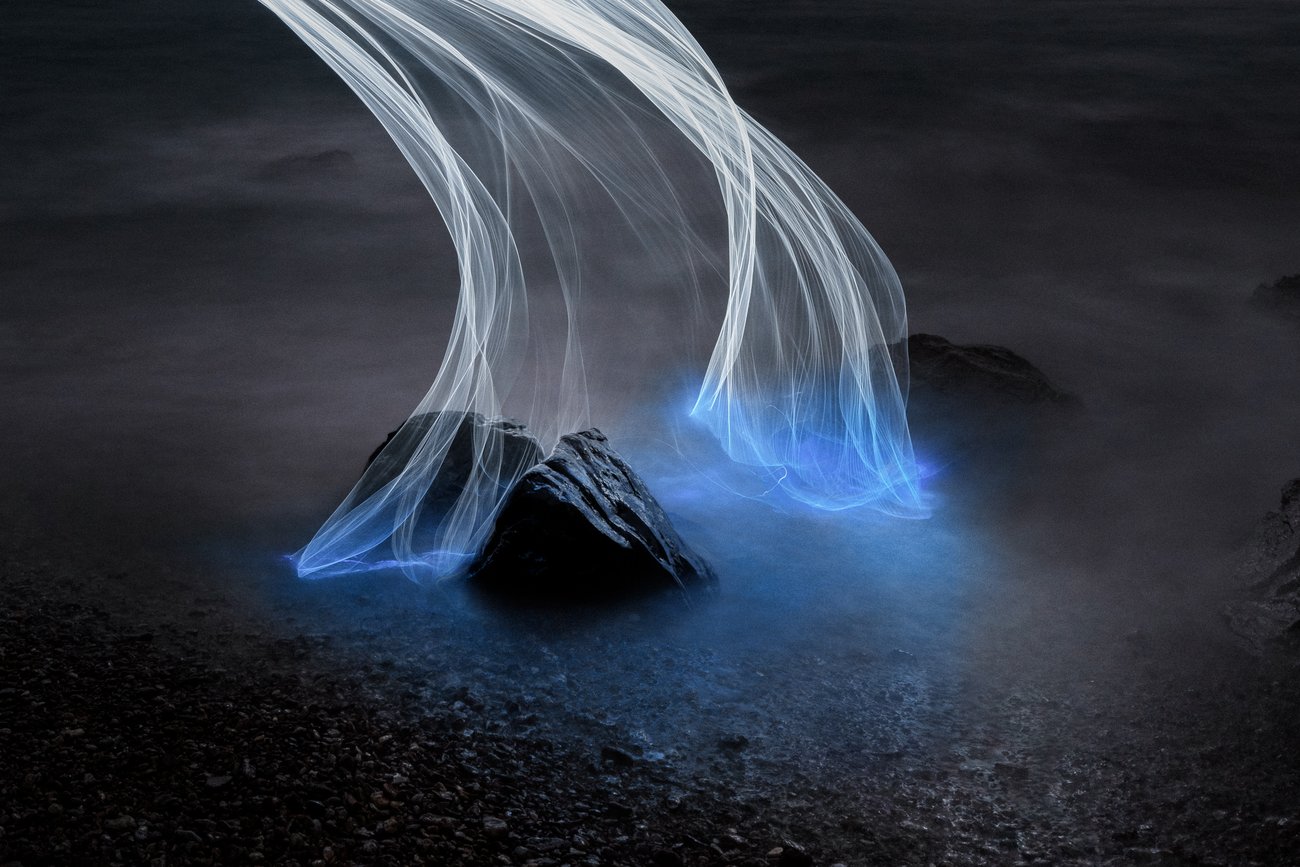
Many of your images require complex planning and precise timing. Could you share a story about a shot that took particular patience or persistence to achieve?
The 2019 solar eclipse in Chile stands out as one of my most challenging projects. It took two years of planning - finding sponsors, assembling a team, and mapping out potential locations. The goal was to capture the eclipse low on the horizon over the ocean, which would give us a wider field of view of the astronomical event against the sky.
What made it particularly challenging was that we only had one chance - you can't exactly reschedule an eclipse. We had to scout multiple locations in advance and plan several backup routes, considering everything from weather patterns to accessibility. On the day itself, we managed to find the perfect spot on a mountain overlooking the ocean, away from crowds.
The actual moment was incredible - watching the full eclipse from our carefully chosen vantage point, capturing something I'd spent years planning for. While the final image might look simple, it represents countless hours of preparation, the coordination of an entire team, and that mix of careful planning and serendipity that makes photography so exciting.
The results made every minute of planning worth it, but it's a perfect example of how some images can require years of preparation for just a few moments of shooting.
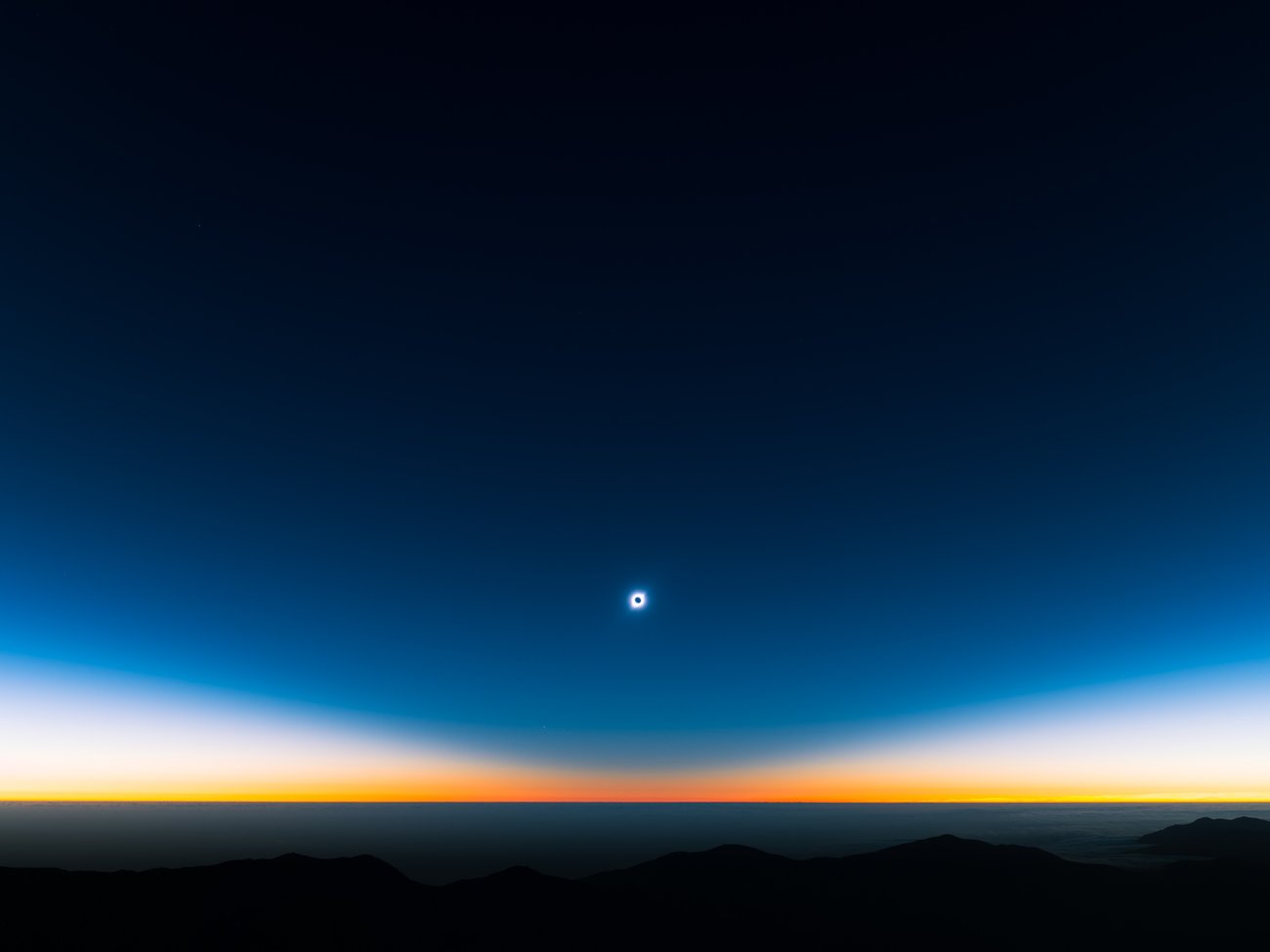
Your recent "SIREN" series along Lake Michigan has an ethereal, delicate, and ephemeral aesthetic. What inspired you to create images in this newer direction?
SIREN actually began as a sketch back in 2021, evolving from my desire to push Aeroglyphs in a new direction. While my previous work often featured geometric light patterns, SIREN explores something more fluid and organic - creating curtain-like structures that hover delicately in space.
What makes this series distinct is how it responds to its environment rather than imposing upon it. When working along Lake Michigan's shore, the movement of the waves actually modulates the light source, creating a spatial ebb and flow over the course of a long exposure. These interactions allow the work to respond to natural rhythms, producing forms that feel alive and dynamic.
The series began during a family trip to Lake Michigan last August. While I was testing a new technique with lasers during the Perseid meteor shower, the aurora borealis made a surprise appearance - a rare summer event that seemed to go undocumented by anyone else. It was one of those magical moments where celestial events aligned perfectly with artistic intent.
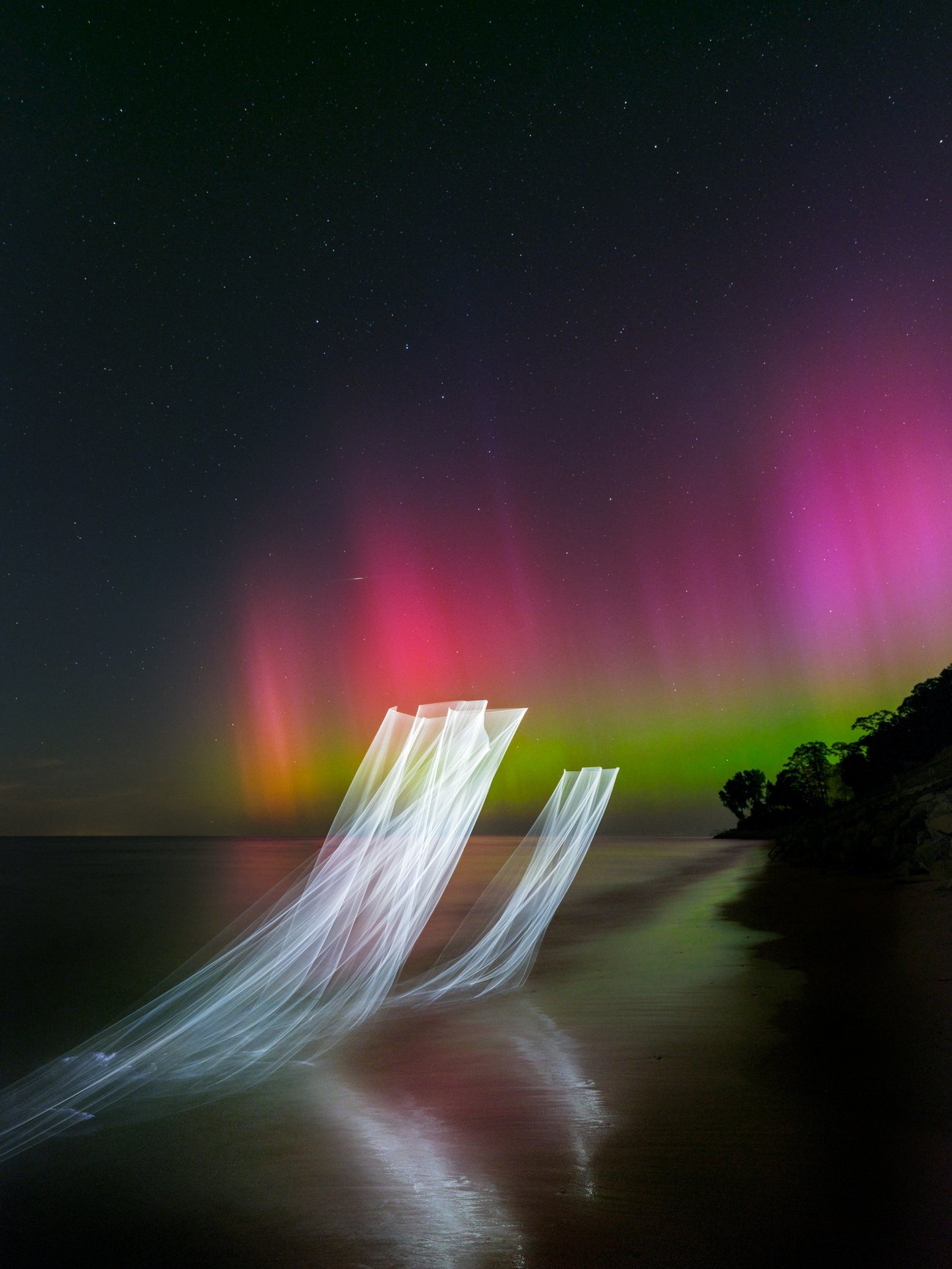
As someone who's worked with major brands like Apple, Google, and Mercedes-Benz, how do you maintain your distinctive artistic voice while meeting commercial objectives?
I've been extremely fortunate that clients typically reach out because they want my specific vision. When Apple commissioned me to create 'The Inner Landscape' series for the iPhone 15 Pro Max, they were interested in how I could apply my aesthetic to showcase their technology. Instead of my typically vast, expansive landscapes, I explored closer, more psychological spaces - existing within the environment rather than more distant from it.
There's often a stigma that commercial work is completely opposite in ethos to personal work, but I’ve been fortunate that it has actually expanded my creative possibilities. Whether I'm shooting for National Geographic or Mercedes-Benz, the goal remains the same - to show familiar things in unfamiliar ways. When clients and artists align on vision, commercial work becomes another channel for artistic expression rather than a compromise.
The key has been to approach each commercial project as an extension of my personal work rather than something separate. These projects often provide opportunities to explore new locations, work with different technologies, and experiment with approaches that I might not have access to otherwise.
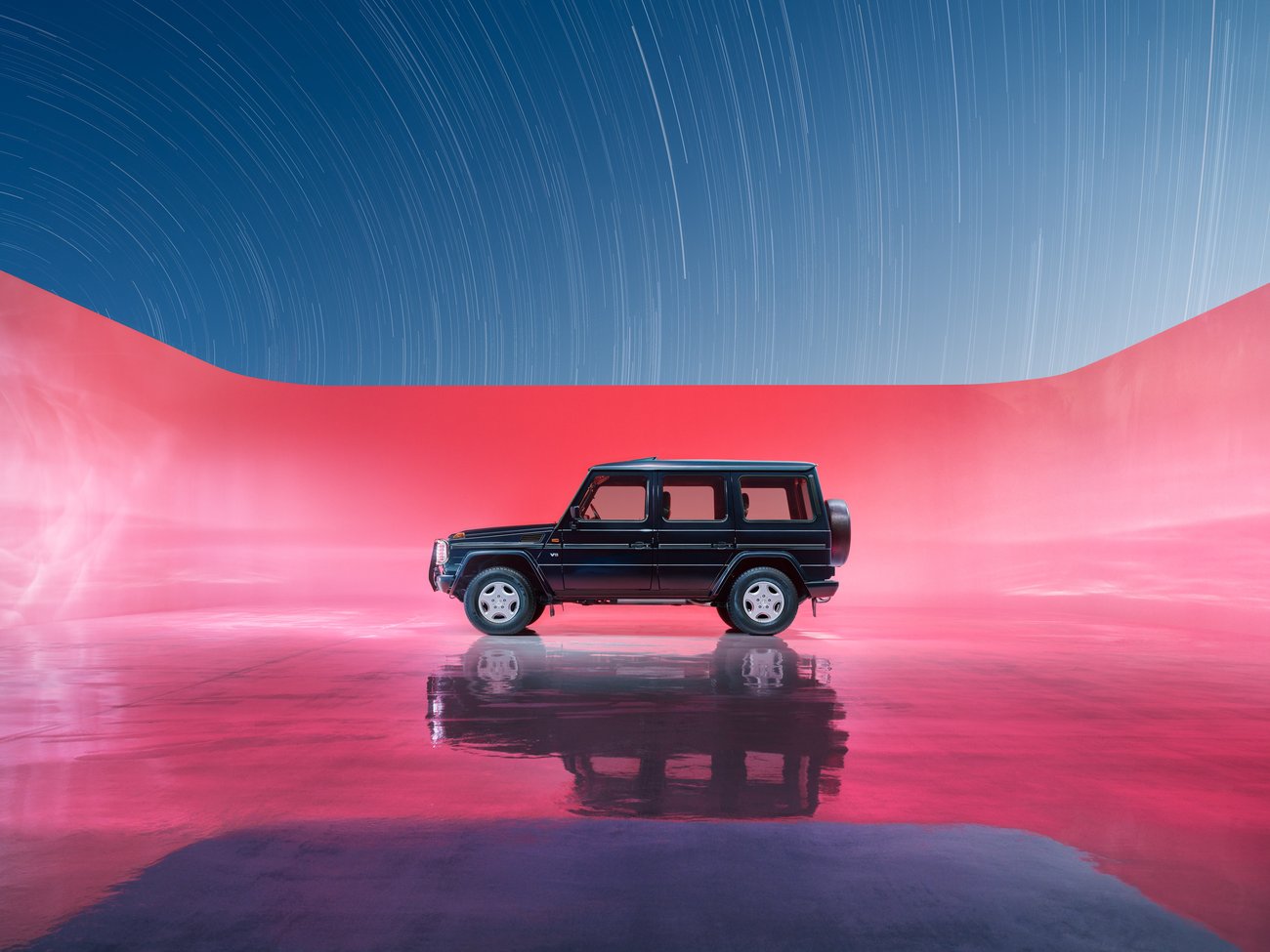
What can you tell us about the role of preparation and chance in your work?
I research, plan and test as much as possible before setting off on a trip. My background in industrial design and engineering comes into play here - I use a whole suite of tools like Google Maps, Gaia GPS, and Photo Pills for virtual scouting. I study weather patterns, check what other photographers have captured so I don't repeat existing work, and carefully plan my technical approach.
But some of the most memorable moments in my work have come from serendipity. For instance, during my SIREN series, when the aurora borealis made an unexpected appearance, or back in 2014 at Trona Pinnacles, when the truck's headlights sparked the idea that would eventually lead to my drone lighting techniques.
The key is being thoroughly prepared so that when these moments of chance arise, you're ready to capture them. It's about having your technical processes so well-nailed that you can be fully present in the moment, open to experimentation and discovery. Some of my favorite images have come from that sweet spot where careful planning meets unexpected opportunity.
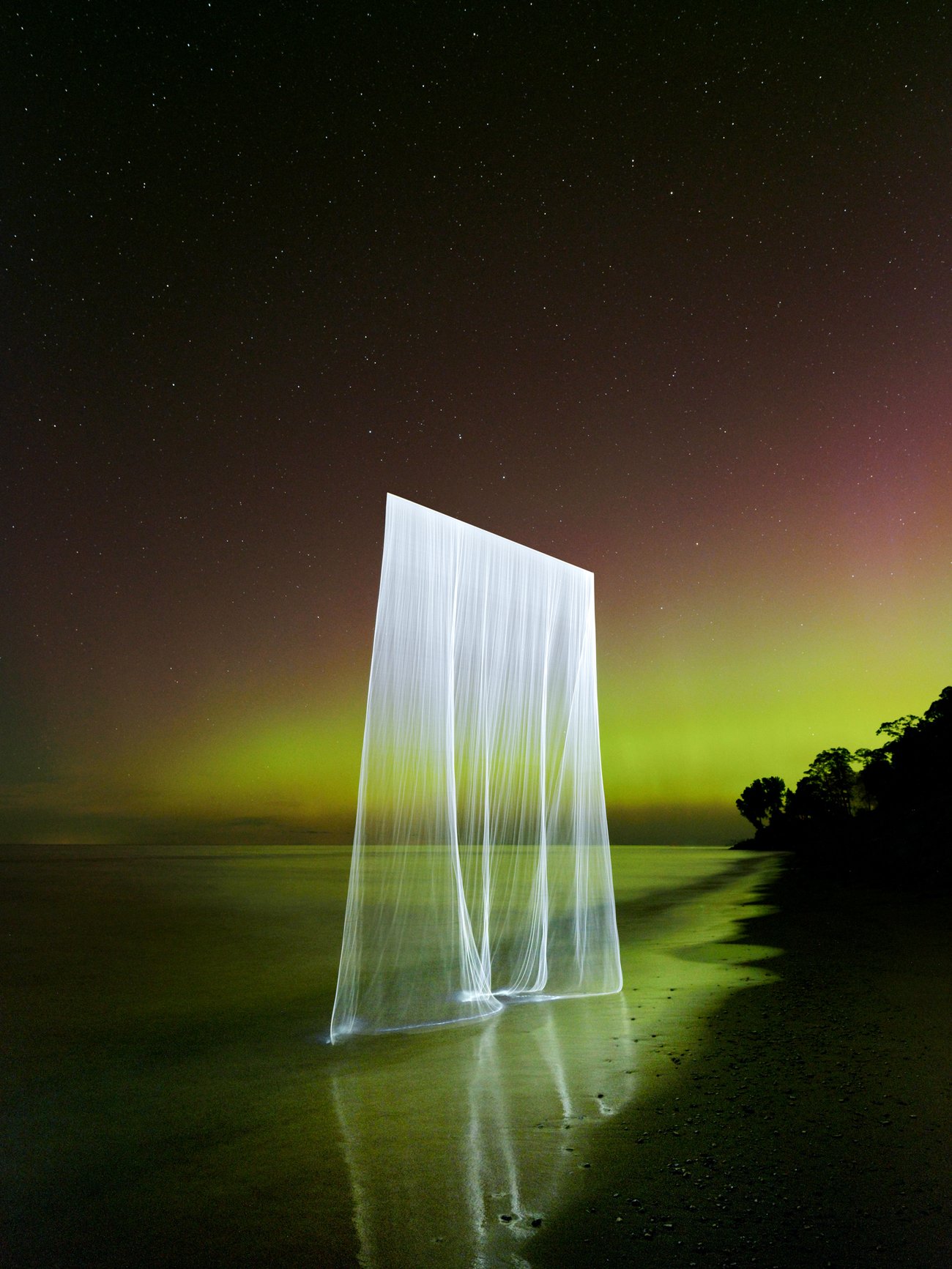
Your kit must be extensive. What do you consider to be the most essential for your shoots?
I use custom-built lighting systems as well as off-the-shelf products, each with their own advantages. My industrial design background comes in handy here - I enjoy designing and building specialized tools for specific projects. For cameras, I work across different systems depending on the project - the Phase One XT, Sony A1, and even iPhones for certain shoots. But honestly, the most essential elements aren't just about the gear - it's about understanding the tools so well that they become second nature.
The technical quality needs to serve the artistic vision. While having the right equipment is important, it's more about knowing exactly how to use each tool to achieve the effect you're after.
Having transitioned from a hobbyist photographer to becoming a National Geographic photographer, what advice would you give to artists trying to forge their own unique path in photography?
Make work that you want to do more of and focus on that. When your work stands out, it stays in people's memory - particularly the creatives at agencies who might later have projects that need your specific vision.
I think one of the most valuable things I've learned is the importance of staying true to your own imagination. Before I used drones to light mountains, there was no existing visual reference for that. It simply wasn't something that could be envisioned until a human mind made those connections. I acknowledge that nothing is truly original, but humans can create in an organic and emotional way that's uniquely their own.
Keep experimenting and be open to serendipity. Embrace change. Identify what truly consumes your passion and don't let go of that. And most importantly, don't compare yourself to others - everyone's story is different.
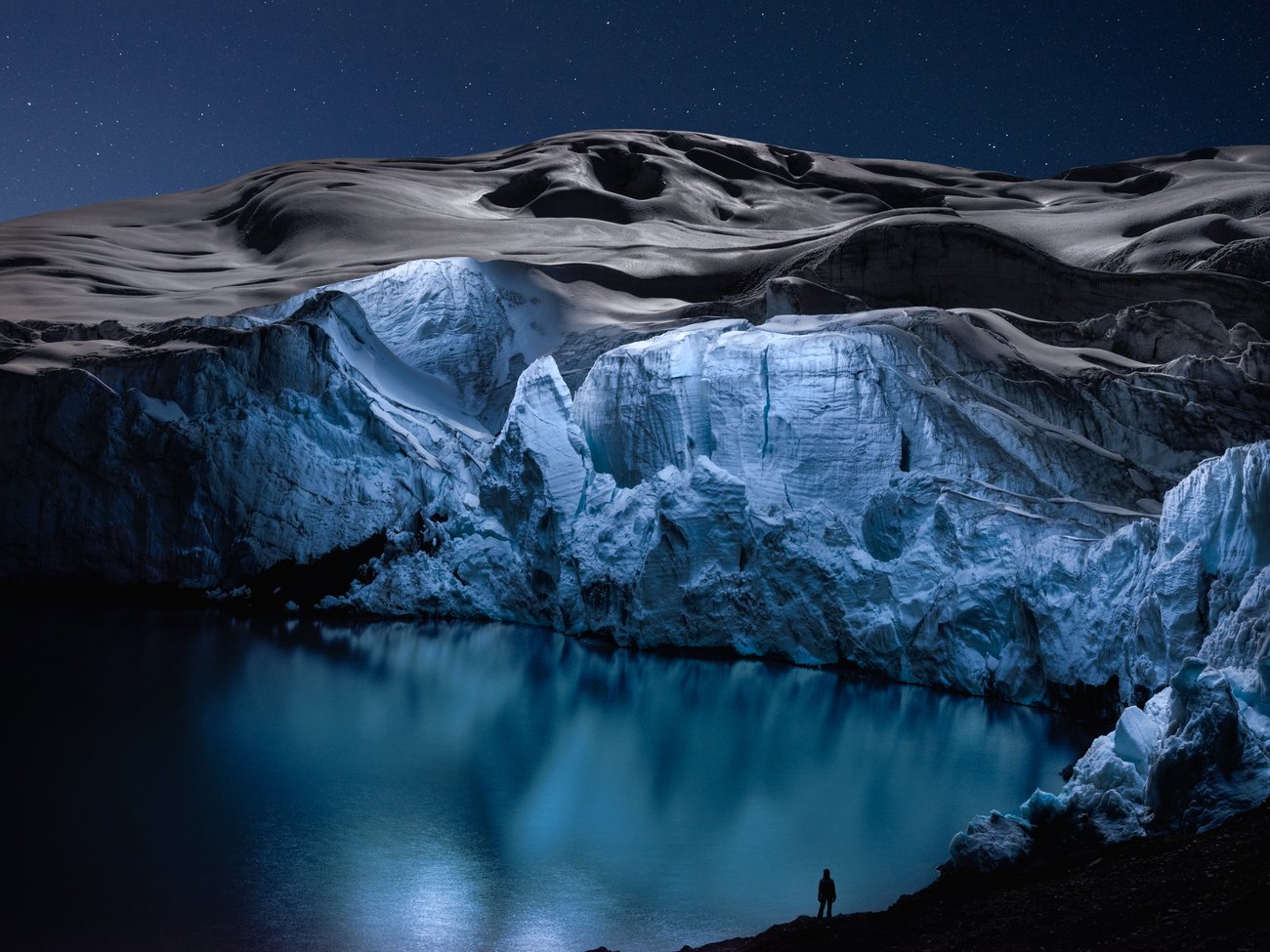
What are you currently working on now and what’s up next for you?
I'm continuing to develop the SIREN series, exploring this more fluid and organic relationship with the environment.
I'm also always looking for new ways to push the boundaries of what's possible with landscape photography. While I can't share all the details yet, I'm working on some exciting collaborations that blend different media and technologies in ways I haven't explored before.
What drives me forward is the same thing that got me started - finding new ways to show our planet in an unfamiliar light. There are still so many untold stories in these landscapes, so many new perspectives to discover. The goal remains to remind people that these otherworldly scenes aren't from some distant planet - they're right here on Earth, our only home.
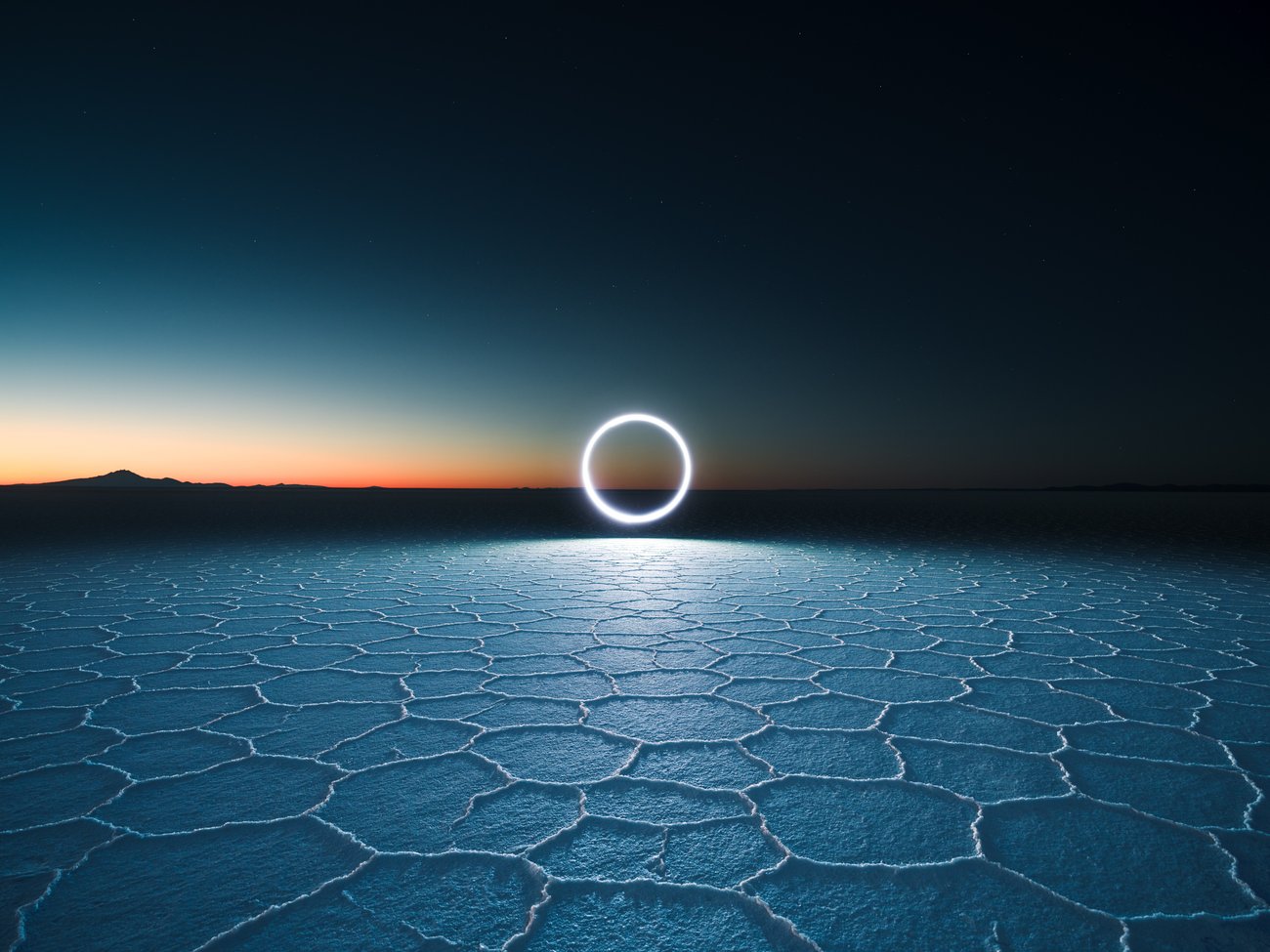
Thank you for sharing with us, Reuben! To view more of Reuben’s work, visit his website and follow him on Instagram.
Reuben was nominated by Noun Project.